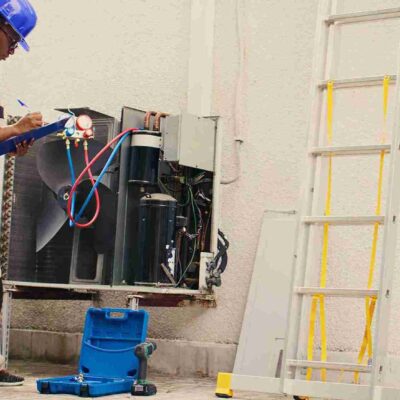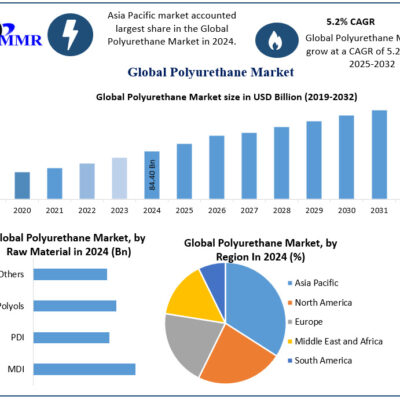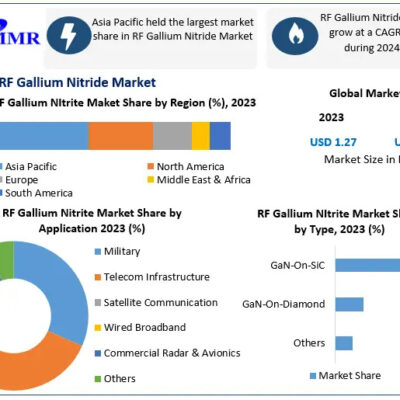The exhibition industry stands at a crossroads where traditional approaches to display design meet evolving demands for both efficiency and uniqueness. This fundamental tension between standardization and customization has reshaped how organizations approach trade show participation, corporate presentations, and public exhibitions. The choice between standardized modular systems and fully customized solutions represents more than a simple procurement decision – it embodies a strategic philosophy that influences brand perception, operational efficiency, and long-term investment value. Modern display systems must navigate this complex landscape while delivering maximum impact within increasingly constrained budgets and timeframes.
Modular Efficiency and Systematic Flexibility
The evolution of standardized display systems has transformed the exhibition landscape by introducing unprecedented levels of efficiency and predictability into what was historically a chaotic and expensive endeavor. These systems operate on principles of modular design that enable rapid assembly, consistent quality, and cost-effective scaling across multiple events and venues. The standardization approach recognizes that many display requirements share common elements – structural integrity, visual impact, and logistical practicality – that can be addressed through well-engineered modular solutions.
Standardized systems excel in their ability to provide reliable performance across diverse environments and applications. The components undergo rigorous testing and refinement that ensures consistent quality and compatibility, eliminating the uncertainties associated with custom fabrication. This reliability extends to logistics, storage, and maintenance, where standardized components can be efficiently managed through established processes and procedures. The predictability of standardized systems enables accurate budgeting and timeline planning that supports strategic decision-making and resource allocation.
The flexibility inherent in well-designed modular systems challenges the assumption that standardization necessarily limits creative expression. Advanced modular platforms incorporate sophisticated connection systems, varied panel sizes, and diverse accessory options that enable extensive customization within standardized frameworks. This approach provides the benefits of standardization while maintaining sufficient flexibility to address unique requirements and creative visions. The key lies in selecting systems that offer appropriate levels of modularity and upgrade paths that support evolving needs.
Creative Expression and Brand Differentiation
The drive toward customization in display systems reflects the increasing importance of brand differentiation in crowded marketplaces where standard solutions may fail to capture attention or communicate unique value propositions. Custom displays enable organizations to translate their brand identity into physical experiences that engage audiences on emotional and intellectual levels. The ability to create unique environments that reflect corporate culture, product characteristics, and target audience preferences represents a significant competitive advantage in markets where visual impact directly influences business outcomes.
Customization extends beyond aesthetic considerations to encompass functional requirements that may not be addressed by standardized solutions. Specialized product demonstrations, interactive technology integration, and unique spatial configurations often require custom engineering that standard systems cannot accommodate. The investment in custom solutions reflects a commitment to excellence that resonates with audiences and stakeholders who appreciate attention to detail and commitment to quality.
The creative process inherent in custom display development often generates innovations that benefit broader organizational objectives. The collaborative design process between internal stakeholders and external specialists frequently produces insights and solutions that extend beyond immediate display requirements to influence broader marketing strategies and brand positioning. This value creation extends the return on investment for custom solutions beyond immediate exhibition applications to encompass strategic brand development and market positioning.
Economic Dynamics and Investment Strategies
The financial implications of choosing between standardized and customized display systems extend far beyond initial purchase costs to encompass total cost of ownership, strategic value creation, and risk management considerations. Standardized systems typically offer lower initial costs and predictable ongoing expenses, making them attractive for organizations with limited budgets or frequent display requirements. The economies of scale inherent in standardized production enable cost efficiencies that may be impossible to achieve through custom fabrication.
However, the economic analysis must consider the value creation potential of custom solutions that may justify higher initial investments through enhanced brand visibility, improved lead generation, and superior audience engagement. Custom displays often generate higher levels of attention and engagement that translate into measurable business outcomes, including increased sales, improved brand recognition, and enhanced market positioning. The ability to create memorable experiences that differentiate organizations from competitors represents significant value that may outweigh the additional costs associated with customization.
The reusable nature of both standardized and custom display systems requires careful consideration of lifecycle costs, including storage, maintenance, transportation, and eventual disposal or recycling. Standardized systems often provide advantages in these areas through established support networks, readily available replacement parts, and standardized logistics processes. Custom systems may require specialized handling and maintenance that increases ongoing costs while providing unique value that may justify these additional expenses.
Venue Versatility and Adaptive Solutions
The diversity of exhibition venues and formats presents unique challenges that influence the choice between standardized and customized display approaches. Portland exhibits showcase the importance of adaptability in display design, as venues range from traditional convention centers to outdoor festivals, historic buildings, and non-traditional spaces that require flexible solutions capable of adapting to diverse environmental conditions and spatial constraints. The ability to modify display configurations to suit different venues and event formats represents a critical consideration in system selection.
Standardized systems excel in their ability to adapt to various venue requirements through modular configurations that can be scaled and modified to suit different spaces and applications. The flexibility of well-designed modular systems enables organizations to participate in diverse events without requiring separate display investments for each venue type. This adaptability extends to international exhibitions where standardized systems can accommodate different electrical standards, shipping requirements, and local regulations through established procedures and documentation.
Custom solutions may offer superior integration with specific venue characteristics but may lack the flexibility to adapt to diverse exhibition environments. The investment in custom solutions may be justified for organizations that participate primarily in specific types of events or venues but may represent inefficient resource allocation for those requiring versatility across diverse exhibition formats. The decision requires careful analysis of participation patterns and future exhibition strategies to ensure optimal value creation.

Technological Integration and Future Evolution
The rapidly evolving technology landscape presents both opportunities and challenges for display system design and selection. Standardized systems often provide established integration pathways for common technologies while maintaining compatibility with emerging solutions through standardized mounting and connectivity options. The ability to incorporate new technologies without requiring complete system replacement represents significant value in rapidly changing technological environments.
Custom display solutions can provide superior technology integration through purpose-built mounting systems, specialized connectivity solutions, and unique interactive elements that may not be available in standardized systems. The investment in custom technology integration may be justified for organizations whose exhibition strategies depend heavily on technological demonstration or interaction. However, the rapid pace of technological change may limit the useful life of custom technology solutions compared to more flexible standardized approaches.
The future evolution of display systems will likely incorporate increased technological sophistication, including augmented reality integration, advanced materials, and smart connectivity features that blur the lines between physical and digital exhibition experiences. The ability to upgrade and evolve display systems to incorporate new technologies will become increasingly important in maintaining competitive advantage and audience engagement over time.
Hybrid Approaches and Strategic Optimization
The emergence of hybrid approaches that combine standardized platforms with custom elements represents a strategic evolution that addresses the limitations of purely standardized or customized solutions. These hybrid systems provide standardized structural foundations that ensure reliability and efficiency while enabling custom graphic elements, specialized components, and unique configurations that support brand differentiation and creative expression. This approach optimizes the benefits of both standardization and customization while minimizing their respective limitations.
Hybrid solutions often provide optimal value creation through efficient resource allocation that focuses customization efforts on elements that provide maximum impact while leveraging standardization for structural and logistical efficiency. The strategic selection of which elements to standardize and which to customize requires careful analysis of brand objectives, audience expectations, and competitive positioning to ensure optimal return on investment.
The development of hybrid solutions requires sophisticated understanding of both standardized systems capabilities and custom fabrication possibilities. Organizations must work with experienced partners who can navigate the complexities of combining standardized and custom elements while maintaining quality, functionality, and aesthetic coherence throughout the integrated system.
Conclusion
The choice between standardization and customization in reusable display systems represents a strategic decision that extends far beyond immediate cost considerations to encompass brand positioning, operational efficiency, and long-term value creation. Neither approach provides universal advantages, and the optimal solution depends on specific organizational objectives, exhibition strategies, and resource constraints. Standardized systems offer efficiency, predictability, and cost-effectiveness that support frequent exhibition participation and diverse venue requirements. Custom solutions provide brand differentiation, creative expression, and unique functionality that may justify higher investments for organizations whose exhibition strategies depend on exceptional visual impact and audience engagement. The emergence of hybrid approaches that combine standardized efficiency with custom creativity represents an evolution that addresses the limitations of purely standardized or customized solutions while optimizing value creation across diverse exhibition requirements. Success in this complex landscape requires strategic thinking that aligns display system selection with broader organizational objectives while maintaining flexibility to adapt to evolving market conditions and technological innovations.






